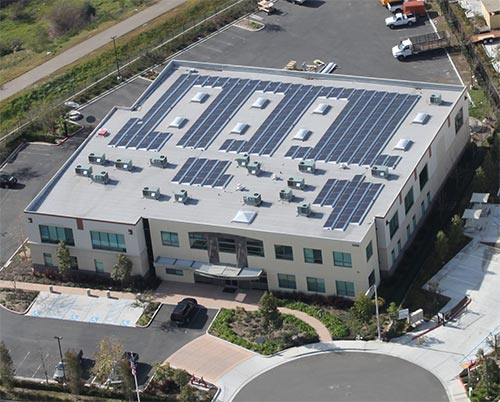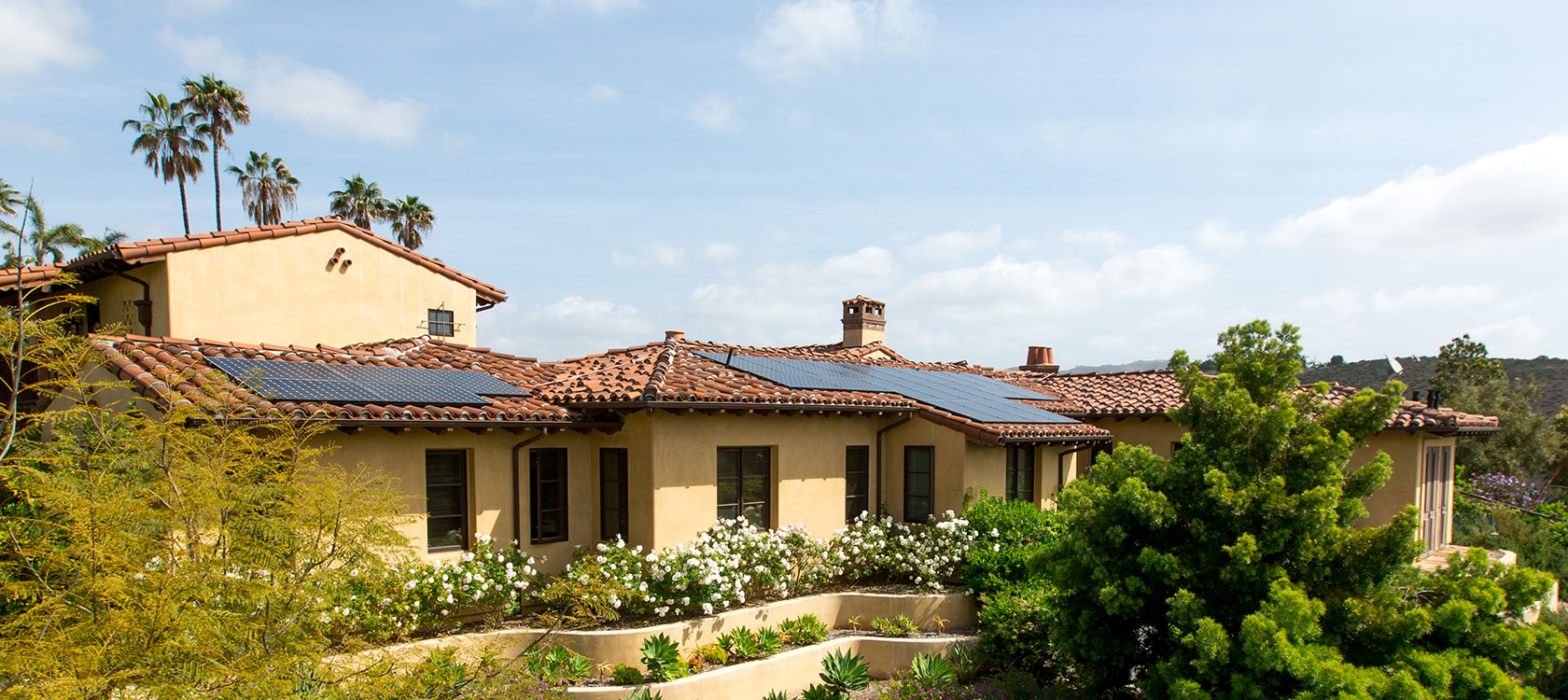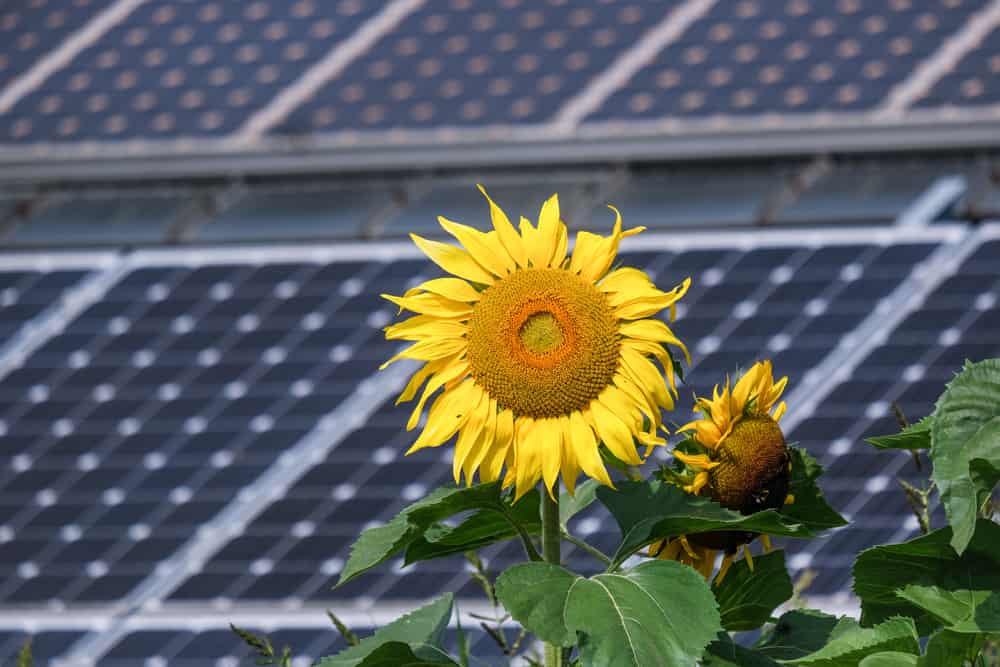
Has Tesla Opened the Door to Energy Freedom?
Home battery storage plus solar is the dream and thanks to Tesla it’s not far off. When home battery storage becomes available at a reasonable cost, it has the capability of freeing homeowners from their utility companies. And just last week, Tesla made an announcement that could soon make battery storage a reality for many homeowners. As a leading edge solar provider, we’re watching the news and progress around the Tesla Powerwall battery solution with great interest.
Home Battery Storage
Today, with a grid-tied solar system, a homeowner is never really disconnected from the utility. A grid-tied system will not generate electricity when there is a blackout and solar customers still have to pay a small connectivity charge to the utility for being on the grid.
The truth is battery storage is not a new concept. It’s been around; it’s just typically very expensive and for that reason is more commonly found in commercial buildings rather than homes. In fact, Baker Electric has installed a system on its headquarters building called Smart Storage from Sharp. It’s a combination of hardware and software that works in conjunction with the 85kW solar array we have on the roof that helps our business save even more money.
So is a battery the answer to the optimal solar energy solution? Enter Elon Musk.
Elon Musk, billionaire CEO of SpaceX and Tesla Motors, has announced the ground-breaking launch of a new Tesla product called Powerwall. Powerwall is a home battery storage solution that is charged by a home’s solar array or even from the utility when rates are low. It’s automated, compact and has the sleek product design we expect from Tesla.
The battery has apparently been tested in 330 houses nationwide according to a report from industry analyst Trip Chowdry, and will hit the market officially this summer.
So what does this home battery storage solution from a business-savvy company like Tesla mean for homeowners? Well for starters, as I mentioned above, you’ll have access to your solar energy even when there are blackouts. Now I know what some of you that don’t have solar yet are thinking: Doesn’t solar work during a blackout anyways? The answer is yes, your panels of course will generate electricity but inverters – the equipment that converts the DC power your solar panels creates to AC power that your home can use – will not allow that electricity to be used if the grid is offline. Why? It’s a safety precaution. Utilities can’t have solar electricity being pumped into a grid they think is dead because during a power outage they send out crews to fix the problem. You can imagine that someone could be critically injured if a local solar installation is allowed to send electricity to power lines that are supposed to be dead. For this reason, solar installations can sense whether power is coming across the grid and automatically shut down when no power is detected.
The bottom line benefit of home battery storage is that homeowners can be fully off the grid and truly become their own power company. No more giving excess electricity to the utility during the day and taking electricity at night. Home battery storage lets you keep and use all your own solar electricity.
So how much will this cost?
UPDATE* Tesla has announced a very reasonable price of $3500 for a 10kW battery however that price doesn’t include the inverter or installation. New dealers and installers will determine the final costs once more details are known but homeowners can expect a $10K+ ultimate cost. The battery cost can be financed just like their solar installation however, and with utility rate increases continuing at a steady pace the numbers could work out favorably for most homeowners.
New Twist on Existing Tech
At Baker Electric Home Energy, we don’t only offer solar installations, but an array of products and services – including home battery storage solutions. We are a forward-thinking company and are always welcoming of new technology that allows homeowners to create and control their own energy. We’re definitely interested in seeing what Powerwall can do when it hits the market later this year.




